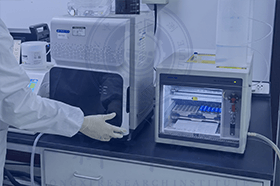检测项目(部分)
全部参数
还原高锰酸钾物质
乙酸酐含量
蒸发残渣
色度
铁含量
检测样品(部分)
工业乙酸酐
乙酸酐
检测标准(部分)
本部分适用于工作场所空气中乙酸酐、马来酸酐和邻苯二甲酸酐浓度的检测。
Hydroxyl is an important functional group and knowledge of its content is required in many intermediate and end use applications. The test methods described herein are for the determination of primary and secondary hydroxyl groups and can be used for the assay of compounds containing them.
1.1 These test methods cover the determination of hydroxyl groups attached to primary and secondary carbon atoms in aliphatic and alicyclic compounds and phenols.
1.2 Three test methods are given as follows:
| Sections | |
| Test Method A (Pressure Bottle Method) | 8-14 |
| Test Method B (Reflux Method) | 15-21 |
| Test Method C (Perchloric Acid Catalyzed Method) | 22-28 |
1.2.1 Test Method A is recommended for general use. Test Method B is included to give a standard procedure for the method that has been used widely. Test Method C is recommended when the results are required in a minimum period of time or where ambient temperature for the reaction is desired.
1.2.2 The results obtained using Test Methods A and B will be essentially the same but the results obtained using Test Method C will be higher (up to approximately 4 % relative) than those obtained using the other two methods.
1.2.3 Statements on precision are included with each test method. The precision of Test Methods A and C is consistent over a wide range of hydroxyl content (tested over hydroxyl number range of 250 to 1600) whereas Test Method B is less precise at the higher hydroxyl content level than it is at the lower hydroxyl content level. In general Test Method A is approximately two-fold as precise as Test Method C. Test Method B has approximately the same precision as Test Method C at the lower hydroxyl content level but poorer precision at the higher hydroxyl content level.
1.2.4 The interferences are essentially the same for the three methods. Some compounds can be analyzed using Test Methods A or B but not using Test Method C because of interfering reactions of the strong acid catalyst with the compound being analyzed or the acetate product formed in the determination. However because of its increased reactivity Test Method C is applicable for determination of some compounds particularly sterically hindered secondary alcohols which react too slowly or not at all in Test Methods A and B.
1.3 The values stated in SI units are to be regarded as the standard.
1.4 Review the current appropriate Material Safety Data Sheets (MSDS) for detailed information concerning toxicity first aid procedures and safety precautions.
1.5 This standard does not purport to address all of the safety concerns if any associated with its use. It is the responsibility of the user of this standard to establish appropriate safety and health practices and determine the applicability of regulatory limitations prior to use. Specific hazards statements are given in Section 7.
Note 1--Other methods for determination of hydroxyl groups are given in Test Methods D1957 D2195 E326 E335 and E567.
1.1 These test methods cover the determination of hydroxyl groups attached to primary and secondary carbon atoms in aliphatic and alicyclic compounds and phenols.
1.2 Three test methods are given as follows:
| Sections | |
| Test Method A (Pressure Bottle Method) | 8-14 |
| Test Method B (Reflux Method) | 15-21 |
| Test Method C (Perchloric Acid Catalyzed Method) | 22-28 |
1.2.1 Test Method A is recommended for general use. Test Method B is included to give a standard procedure for the method that has been used widely. Test Method C is recommended when the results are required in a minimum period of time or where ambient temperature for the reaction is desired.
1.2.2 The results obtained using Test Methods A and B will be essentially the same but the results obtained using Test Method C will be higher (up to approximately 4 % relative) than those obtained using the other two methods.
1.2.3 Statements on precision are included with each test method. The precision of Test Methods A and C is consistent over a wide range of hydroxyl content (tested over hydroxyl number range of 250 to 1600) whereas Test Method B is less precise at the higher hydroxyl content level than it is at the lower hydroxyl content level. In general Test Method A is approximately two-fold as precise as Test Method C. Test Method B has approximately the same precision as Test Method C at the lower hydroxyl content level but poorer precision at the higher hydroxyl content level.
1.2.4 The interferences are essentially the same for the three methods. Some compounds can be analyzed using Test Methods A or B but not using Test Method C because of interfering reactions of the strong acid catalyst with the compound being analyzed or the acetate product formed in the determination. However because of its increased reactivity Test Method C is applicable for determination of some compounds particularly sterically hindered secondary alcohols which react too slowly or not at all in Test Methods A and B.
1.3 The values stated in SI units are to be regarded as the standard.
1.4 Review the current appropriate Material Safety Data Sheets (MSDS) for detailed information concerning toxicity first aid procedures and safety precautions.
1.5 This standard does not purport to address all of the safety concerns if any associated with its use. It is the responsibility of the user of this standard to establish appropriate safety and health practices and determine the applicability of regulatory limitations prior to use. Specific hazards statements are given in Section 7.
Note 1--Other methods for determination of hydroxyl groups are given in Test Methods D1957 D2195 E326 E335 and E567.
本标准适用于对以乙酸酐或乙酸和苯乙醇为原料经化学反应制得的乙酸苯乙酯的质量进行分析评价。

检测资质(部分)










检测优势
检测实验室(部分)



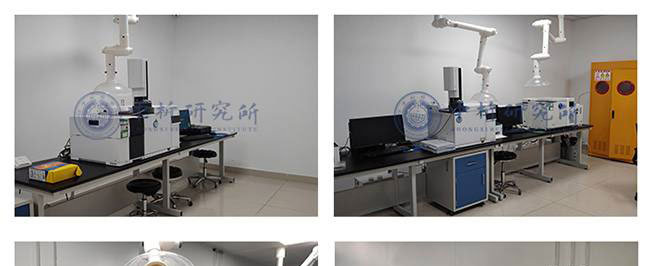
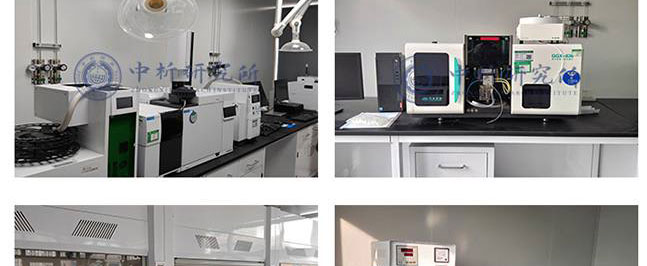
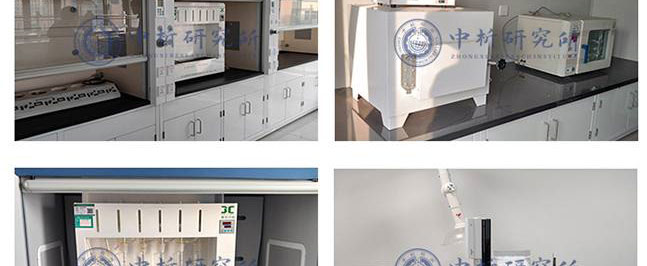
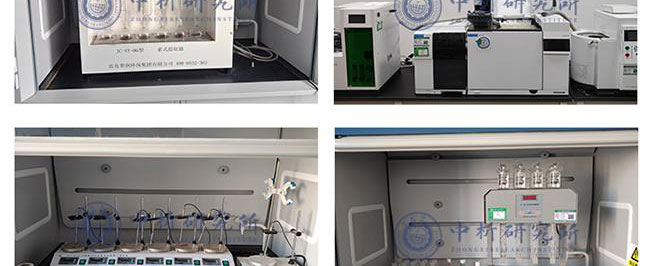
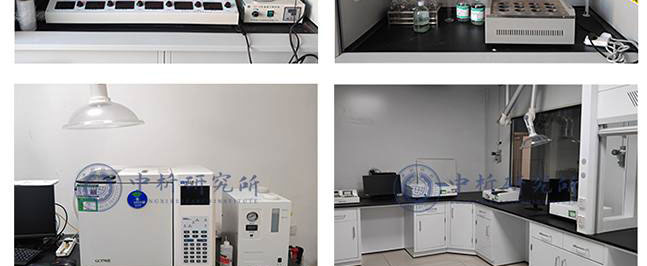
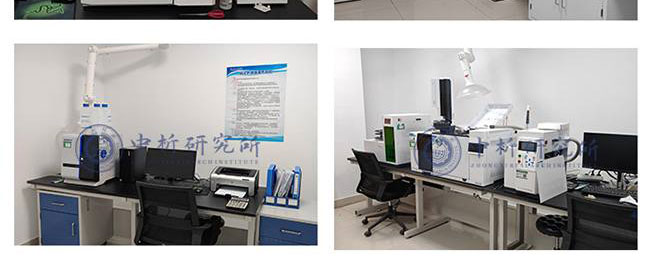
合作客户(部分)





检测报告作用
1、可以帮助生产商识别产品的潜在问题或缺陷,并及时改进生产工艺,保障产品的品质和安全性。
2、可以为生产商提供科学的数据,证明其产品符合国际、国家和地区相关标准和规定,从而增强产品的市场竞争力。
3、可以评估产品的质量和安全性,确保产品能够达到预期效果,同时减少潜在的健康和安全风险。
4、可以帮助生产商构建品牌形象,提高品牌信誉度,并促进产品的销售和市场推广。
5、可以确定性能和特性以及元素,例如力学性能、化学性质、物理性能、热学性能等,从而为产品设计、制造和使用提供参考。
6、可以评估产品是否含有有毒有害成分,以及是否符合环保要求,从而保障产品的安全性。
检测流程
1、中析研究所接受客户委托,为客户提供检测服务
2、客户可选择寄送样品或由我们的工程师进行采样,以确保样品的准确性和可靠性。
3、我们的工程师会对样品进行初步评估,并提供报价,以便客户了解检测成本。
4、双方将就检测项目进行详细沟通,并签署保密协议,以保证客户信息的保密性。在此基础上,我们将进行测试试验.
5、在检测过程中,我们将与客户进行密切沟通,以便随时调整测试方案,确保测试进度。
6、试验测试通常在7-15个工作日内完成,具体时间根据样品的类型和数量而定。
7、出具检测样品报告,以便客户了解测试结果和检测数据,为客户提供有力的支持和帮助。
以上为乙酸酐检测的检测内容,如需更多内容以及服务请联系在线工程师。








